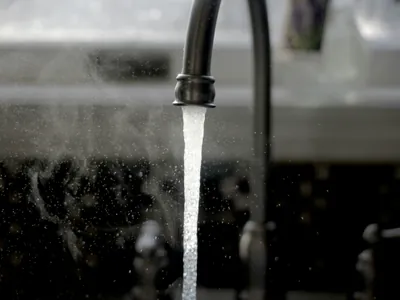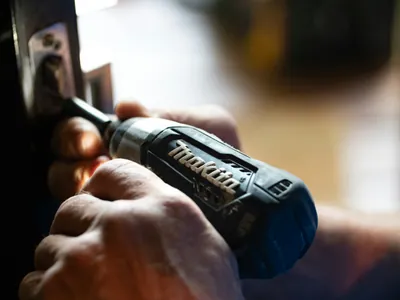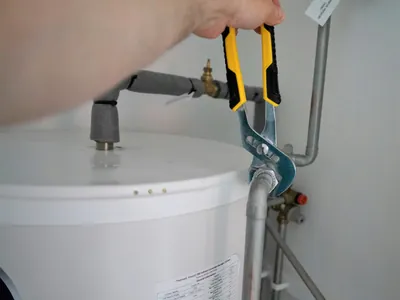Sump Pump Maintenance: Keeping Your Basement Dry

Your sump pump is your first line of defense against basement flooding. It sits quietly in a pit, waiting to spring into action during heavy rain. But like any mechanical device, it can fail without regular maintenance, leaving your home vulnerable to costly water damage.
🚨 Why Sump Pump Maintenance is Critical
Out of sight shouldn't mean out of mind. Neglecting your sump pump can lead to:
📅 Quarterly Maintenance Checklist
Perform these simple checks every few months, especially before the rainy season.
DIY Sump Pump Checkup
- Test the Pump: Slowly pour a bucket of water into the sump pit. The pump should turn on, remove the water, and then shut off.
- Clean the Pit: Unplug the pump and remove any dirt, gravel, or debris from the sump pit that could clog the intake.
- Check the Float Switch: Make sure the float switch moves freely and isn't obstructed. This is what activates the pump.
- Inspect the Discharge Pipe: Go outside and ensure the discharge pipe outlet is clear of debris, dirt, or ice.
🔧 Annual Professional Inspection
While DIY checks are great, a yearly professional tune-up is highly recommended.
⚙️ Motor and Impeller Check
A professional will inspect the pump's motor and impeller for wear and tear.
⚡ Electrical Connection
They will ensure the electrical connections are secure and the outlet is properly grounded (GFCI).
🚧 Check Valve Inspection
The check valve prevents water from flowing back into the pit. A pro will verify it's working correctly.
🔋 Battery Backup Test
If you have a battery backup system (highly recommended!), a technician will test the battery and system operation.
A sump pump's average lifespan is about 10 years. If your pump is nearing that age, consider a proactive replacement before it fails.
Protect your home from water damage. Schedule your annual sump pump inspection and maintenance with The Box Advantage Group. We can also install new pumps and battery backup systems for ultimate peace of mind.


